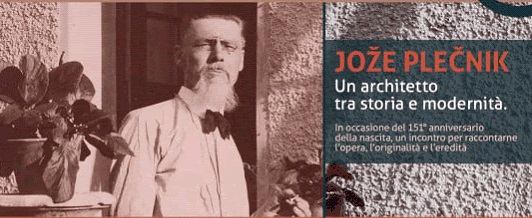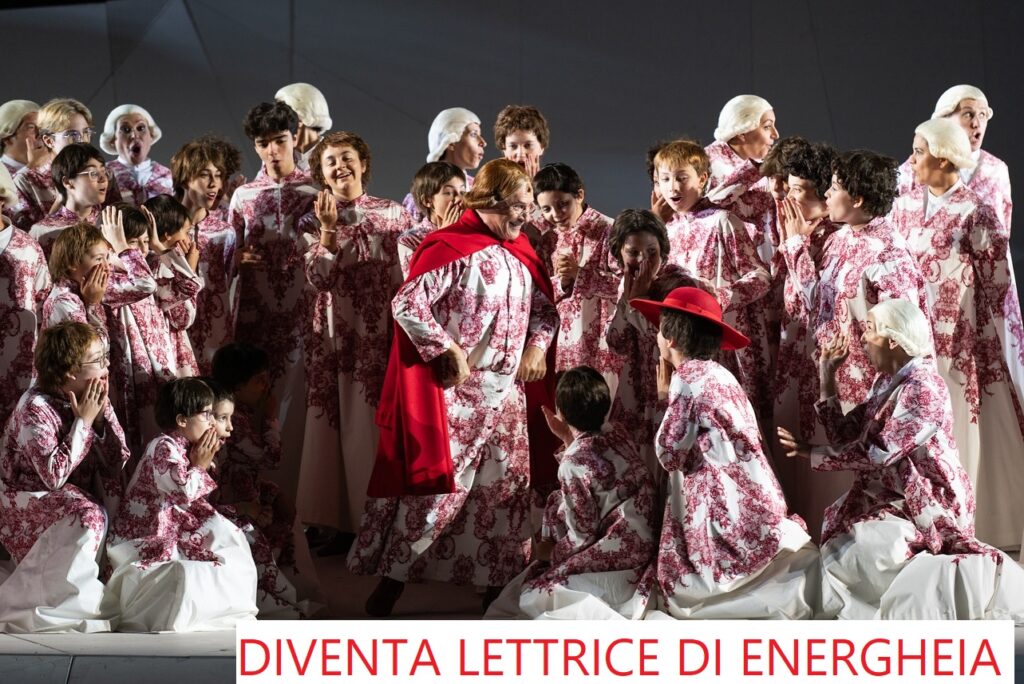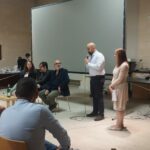Nova Gorica 2025, The Year of Edvard Ravnikar
By Serafino Paternoster
Two initiatives dedicated to two great Slovenian architects. One in Nova Gorica, ecoc 2025, the other in Matera.
The Government of the Republic of Slovenia has declared 2023 the Year of Edvard Ravnikar, dedicated to researching, presenting and raising awareness of the architect Edvard Ravnikar, whose heritage is of great importance to Nova Gorica.
His urban planning solution for the construction of Nova Gorica began to be implemented in 1947, and although he was only involved in the planning of the city in the early years, he nevertheless marked it with the fundamental features and character of a modernist city. This is why this year the Municipality of Nova Gorica has dedicated a number of projects to this great man, and we will also pay tribute to him in the European Capital of Culture programme.
One of these projects within the framework of GO! 2025 is the Shining Invisible City, led by the MoTA Cultural Association – Museum of Transitory Art. It will focus on the city as it could have been if Ravnikar’s original design had not been altered by the tectonic political and ideological shifts after the Second World War. The project will give visibility and tangibility to this unrealised Nova Gorica – the mapping of the invisible Nova Gorica will be carried out through an exhibition and an in situ intervention, which will map the shadow city that so much defines life in the real city, at least partially in space.
The modernist city is also the focus of Ab initio, dedicated to researching the history of Nova Gorica, run by the Magistrala institute. The main aim of the project is to preserve and promote the tangible and intangible heritage of the city and to co-create it together with the local community, as well as to analyse and present other new (modernist) cities that emerged ab initio, from scratch, in twentieth-century Europe.
The central project of the cross-border Capital of Culture, entitled EPIC – European Platform for the Interpretation of the Century, will also include the period of the city’s creation and reflection within the European dimension. Through the Episcope, which is being prepared by the Research Station of the ZRC SAZU in Nova Gorica, scientific researchers will, in one of the strands, address the modernist heritage of Nova Gorica, which is also the subject of the BridA Institute’s R.o.R. residency programme, which interprets Ravnikar’s and modernist architecture through the lens of contemporary art.
This year’s celebration on the eve of the 9 September municipal holiday will also be thematically dedicated to Ravnikar, and on 6 October, on the theme of architecture, urbanism and understanding space, Nova Gorica will host the biggest architectural event of the year, the Architecture Day, which is moving to this city precisely because of the Year of Edvard Ravnikar.
Out of Go 2025, a small project has been dedicated to another great Slovenian architect, Jože Plečnik, with an exhibition of panels showing his main works. The exhibition, curated by the Embassy of the Republic of Slovenia in Italy, was inaugurated a few days ago in Matera (European Capital of Culture in 2019) as part of the 29th edition of the Energheia Literary Prize in the APT Basilicata Open Spaces with the presence of Tina Kokalj, Minister Plenipotentiary of the Embassy of Slovenia in Italy, and Antonio Nicoletti, Director of the APT Basilicata.
In October, the exhibition will be taken to the spaces of the University of Basilicata, also in Matera, where a conference on this important architect will also be held.










